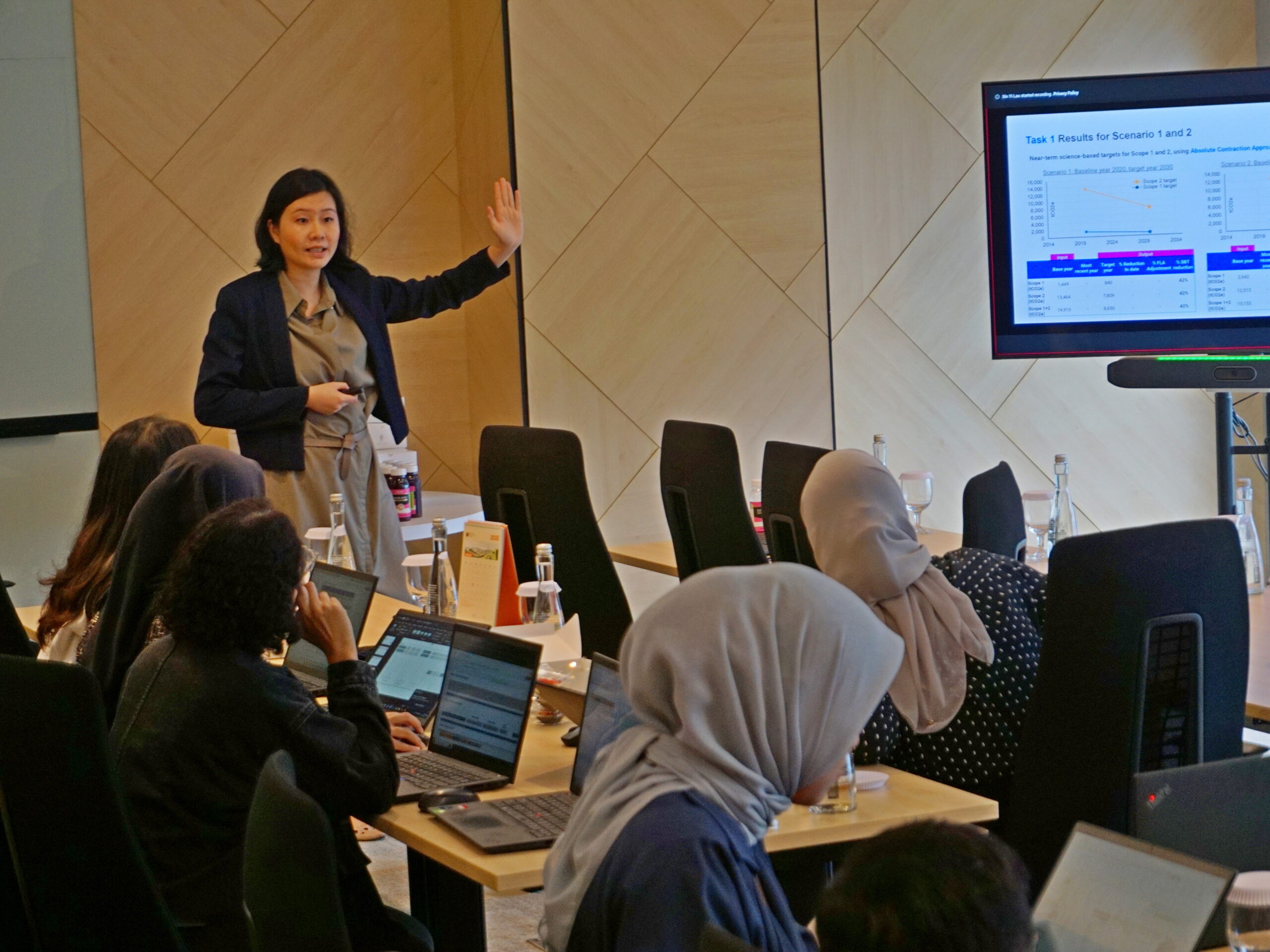CHALLENGE
How can financial institutions tackle their emissions when data remains limited?
For the past decades, Indonesia’s government and the private sector have invested in new ports, roads, bridges and dams to keep pace with economic changes and urbanisation. However, Indonesia’s goal to achieve Net Zero by 2060 means that the decarbonisation of existing and future infrastructure must happen alongside economic developments.
Indonesia Infrastructure Finance (IIF), a private financial institution that provides long-term loans and guarantees to infrastructure projects, plays a core role in decarbonising this sector. Its investment portfolio houses projects across electricity, transportation, telecommunication and road infrastructure among others. And although IIF had already measured its Scope 1 and 2 emissions, the financial institution recognised that it had to account for the emissions from its investment portfolio (Scope 3, Category 15) to fully understand its climate impact. However, limited data availability, evolving analytical tools, and the need to further build internal capabilities posed challenges in accurately measuring these financed emissions.
With support from sustainable finance experts at the Carbon Trust, IIF and its shareholder DEG wanted to quantify what is the largest sum of IIF’s emissions profile: its financed emissions. More so, to lead by example, IIF sought independent verification of its existing Scope 1 and 2 calculations to ensure they conform to international best practices.
